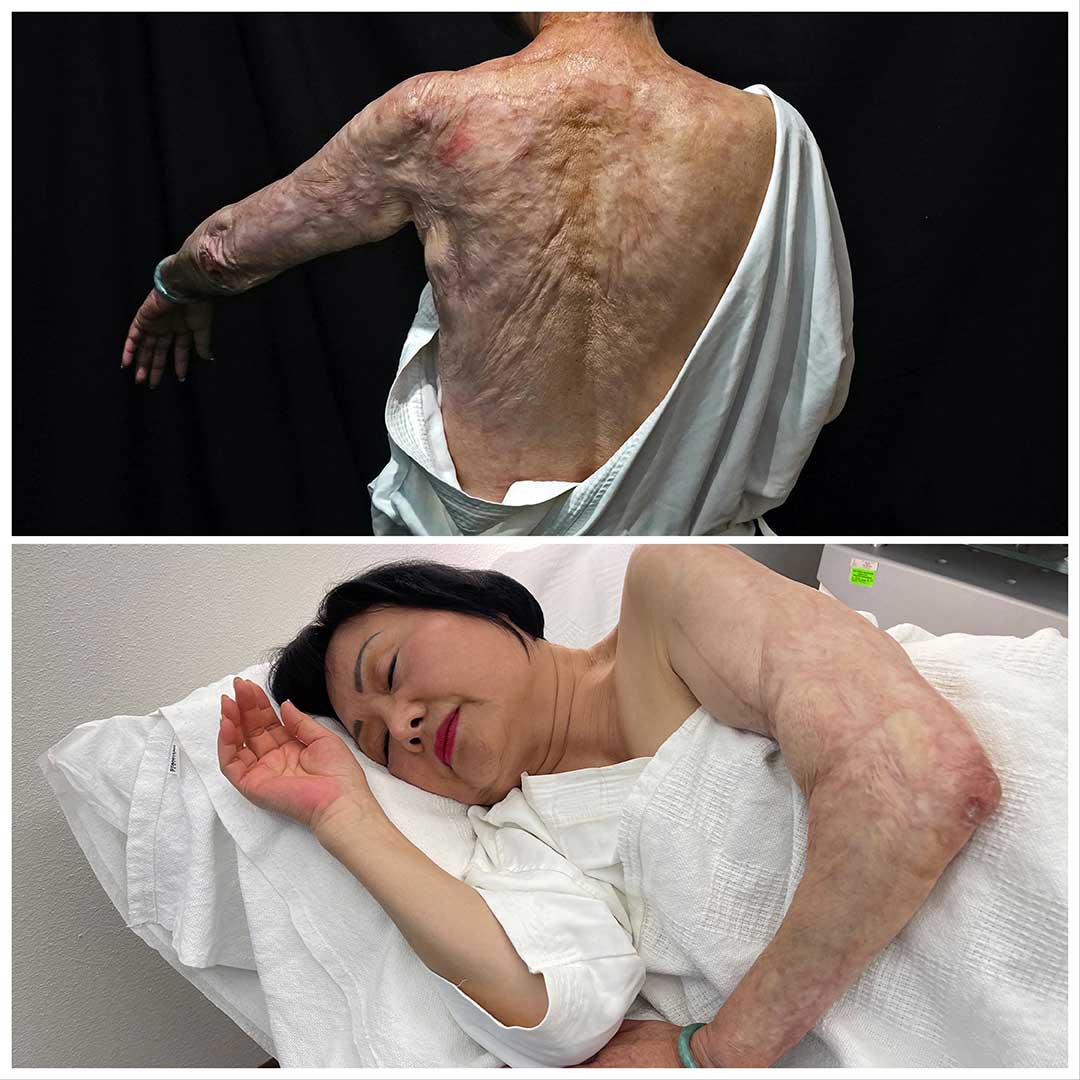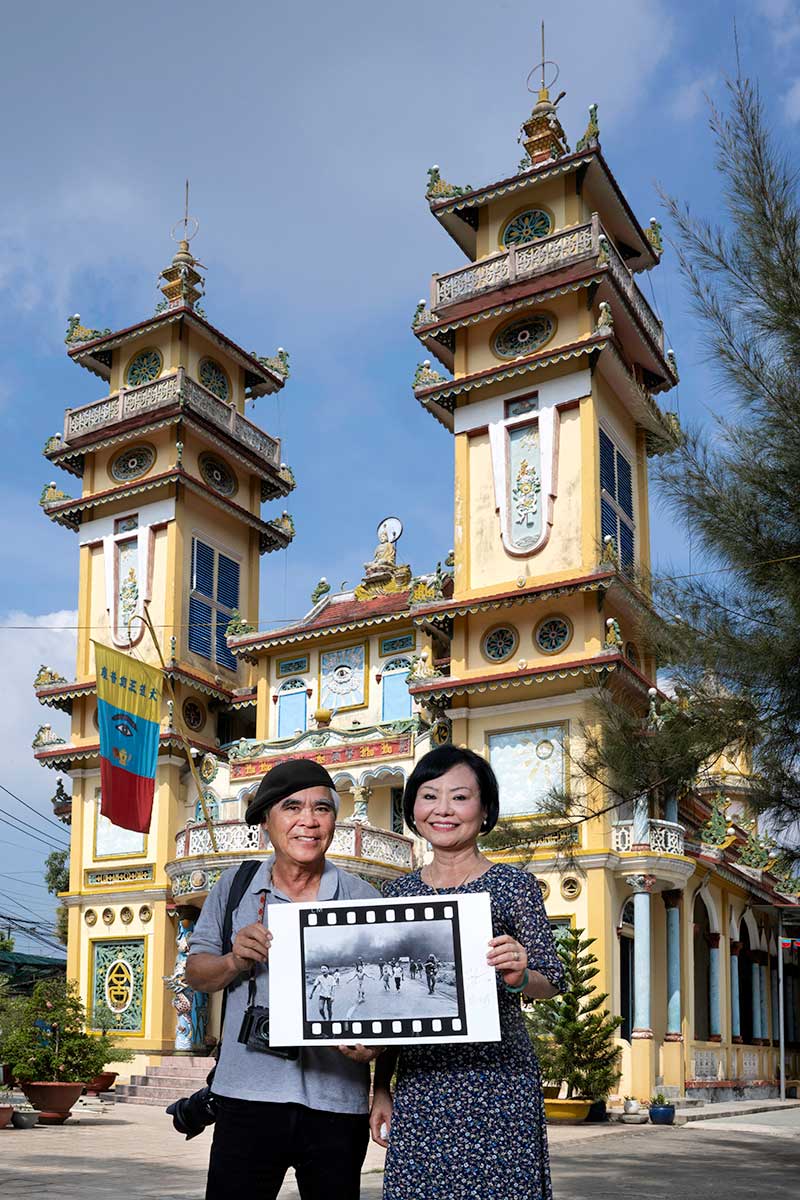An Exclusive Interview With Legendary Photographer
NICK UT | A Special interview By José Jeuland, at the Leica’s Celebration of Photography exhibition, Singapore.

Photo by Jose Jeuland © All rights reserved.
NICK UT | AN INTERNATIONALLY ACCLAIMED PHOTOGRAPHER
WINNER OF THE PULITZER PRIZE, WORLD PRESS PHOTO, THE LUCIE AWARDS AND THE NATIONAL MEDAL OF ARTS.
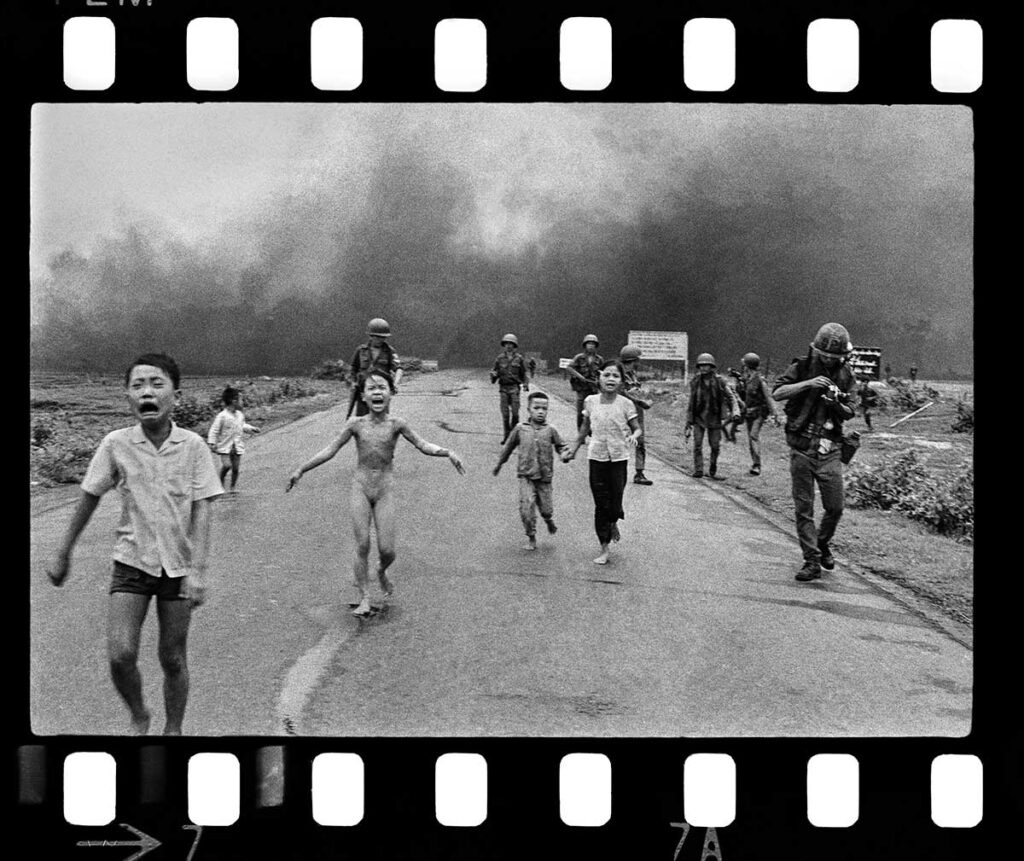
(Nick Ut / The Associated Press) Nick Ut © All rights reserved.
“I hope young photographers do better and take photos of important subjects! Many of them (the Young generation) are very smart and work hard. They’ll also need to learn how to shoot videos well. Our industry has changed significantly in the past 40 years, and things are much faster and more convenient now.” -Nick Ut
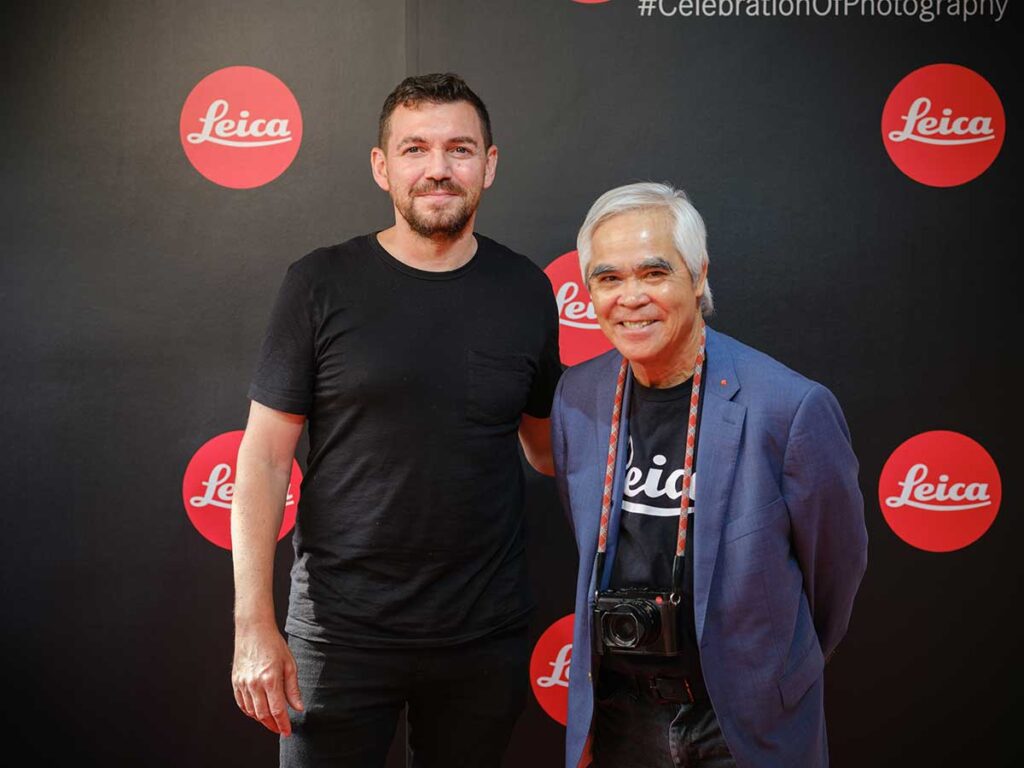
Photo by Jose Jeuland © All rights reserved.
Big Fish in a Small Pond | By Jose Jeuland
When I was just starting out in my photography journey, I was already familiar with Nick Ut’s work— “The Terror of War,” a jarring picture depicting several children fleeing from a napalm bombing in the Vietnam war. In fact, many people who are not in the photography industry are familiar with this picture due to its sheer historical impact. After all, the picture is famously known for its contributions to changing the course of history. However, you do not have to search for this picture to come across it at least once in your life; it is so monumental that most people will get a chance to see it!
I gradually became more involved in photography and learned more about Nick Ut and the kind of photography work he did, but I never truly had a face to put to his name. He seemed like such a big celebrity in the photography world back then; he was someone larger than life, an entity of photography wisdom, and I am still reeling from the fact that I recently met him in person.

ABOUT NICK UT
A celebrated Vietnamese photographer, Nick Ut was born and raised in Long An, Vietnam, and learned about photography from his older brother, Huynh Thanh My, a photographer for the prestigious news agency Associated Press (AP). Not long after his brother’s untimely demise in the Vietnam war, Nick himself joined AP. He won many awards for “The Terror of War,” including the Pulitzer Prize for Spot News Photography and the World Press Photo of the Year, and was also inducted into the Leica Hall of Fame for his contributions to photojournalism.
Besides war photography, Nick also photographed celebrities, sports, and other major news events for AP. He retired after 51 years with the agency and was invited to Leica’s Celebration of Photography exhibition in Singapore in November, 2022.
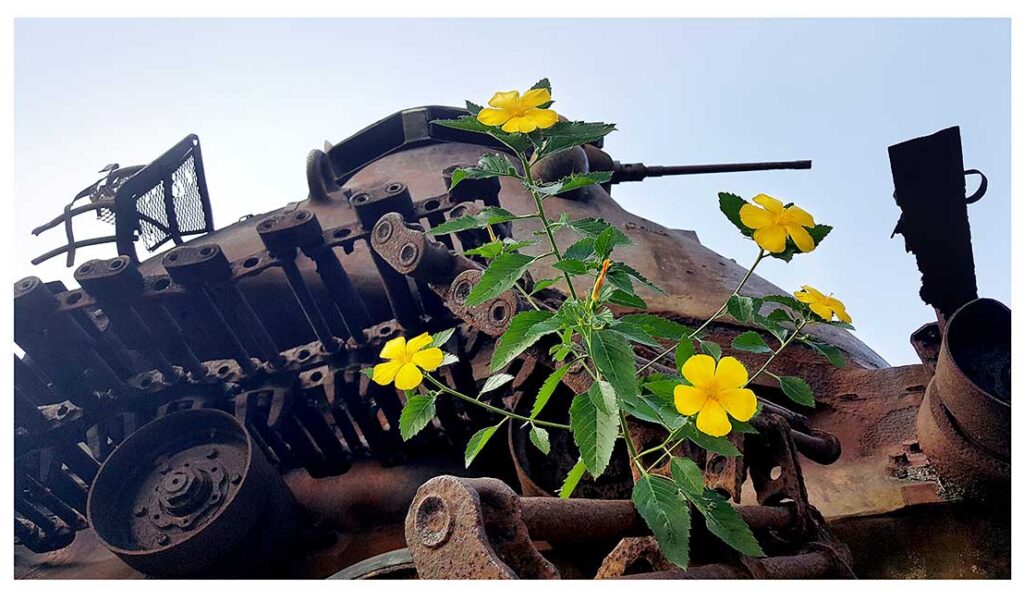
Nick coming to Singapore was huge news for me and many other local photographers. We are fortunate to have the opportunity to meet and talk to such a big name in the photography world.
My very first interaction with him was at the opening ceremony of Leica’s exhibition, located at Gillman Barracks. It is a fitting location that regularly hosts art exhibitions and the like. Seeing him in person was surreal, yet he quickly proved to be a humble and friendly photographer despite his massive accomplishments. Though he was getting older, he seemed filled with energy and was happy to meet and talk to anyone who approached him. He walked around the exhibition space with his Leica Q2 camera slung around his neck, ready to snap a shot at a moment’s notice. This was very humbling to
witness because although he has already retired from AP, he still has a strong passion for photography and doesn’t give up on the chance to photograph a striking moment in time.
That night, I was gifted an autographed copy of “The Terror of War” by Nick himself, courtesy of Leica. I was starstruck that night and am very grateful to have had the chance to meet him and even receive a keepsake to remember the night by.
Nick and I returned to Gillman Barracks the next day, where I had the honor of conducting an interview with him for Lens Magazine. Several walls at the exhibition displayed his works, one of which solely displayed his post-war photographs from the latest years as he worked in Hollywood.
I knew his time in Singapore was packed with interviews, sharing sessions, and talks. Many people constantly approached him for pictures or just to talk to him. Despite the barrage of non-stop interactions, Nick remained very generous with his wisdom and time, eager to share them with anyone keen.
Kim Phuc | The girl in the picture
Right:Kim Phuc, the main subject of Pulitzer Prize-winning photographer Nick Ut’s “Terror of War” photo taken during the Vietnam War on June 8, 1972, stands in front of the Cao Dai Temple in Trang Bang, where she was hit by napalm. The photo was taken by Mark Edward Harris in 2022, fifty years after that fateful day.
Phan Thị Kim Phúc (b. April 6, 1963, “the girl in the picture” and the “Napalm girl”) is a South Vietnamese-born Canadian woman best known as the nine-year-old child depicted in the Pulitzer Prize–winning photograph titled “The Terror of War,” taken at Trảng Bàng by Nick Ut during the Vietnam War on June 8, 1972.
Kim Phuc has become an anti-war symbol in the West. Vietnam had used her as an anti-American symbol before her defection in 1992.
Kim Phuc (her name means “Golden Happiness” ) had spent 14 months recovering from her wounds and underwent 17 transplants and other operations.
In November 1997, Kim Phuc was named by Director General Frederico Mayor a Goodwill Ambassador of the United Nations Educational, Scientific and Cultural Organization (UNESCO) “for a culture of peace.” The event took place during a plenary session of the UNESCO General Conference.
She also established the Kim Foundation (healing children of war) with offices in Ajax, Ontario, Canada, and Chicago, IL, financed by voluntary donations. “I want to give back in the same way that so many gave to my healing,” she said at the UNESCO ceremony in Paris. “Yes, I forgive, but I don’t forget in order to prevent the same thing from happening again.”
Kim Phuc now aspires to learn French and has signed up for language courses in Montreal.
Her husband, Bui Huy Toan, occupies himself with helping people in Canada who have difficulties communicating. The visit to London was his first to Europe since his marriage to Kim Phuc. When both are traveling, Kim’s parents take care of their two sons. They joined them in Canada in 1998.
In 1999 the book about Kim Phuc’s life, “The Girl in the Picture: The Story of Kim Phuc, the Photographer, and the Vietnam War” by Denise Chong was published by Viking, in the Penguin Publishing Group, Canada. Editions in the U.S.A. and Britain will follow in mid-2000. It is the story of the “napalm girl” as she struggles to reclaim her life.
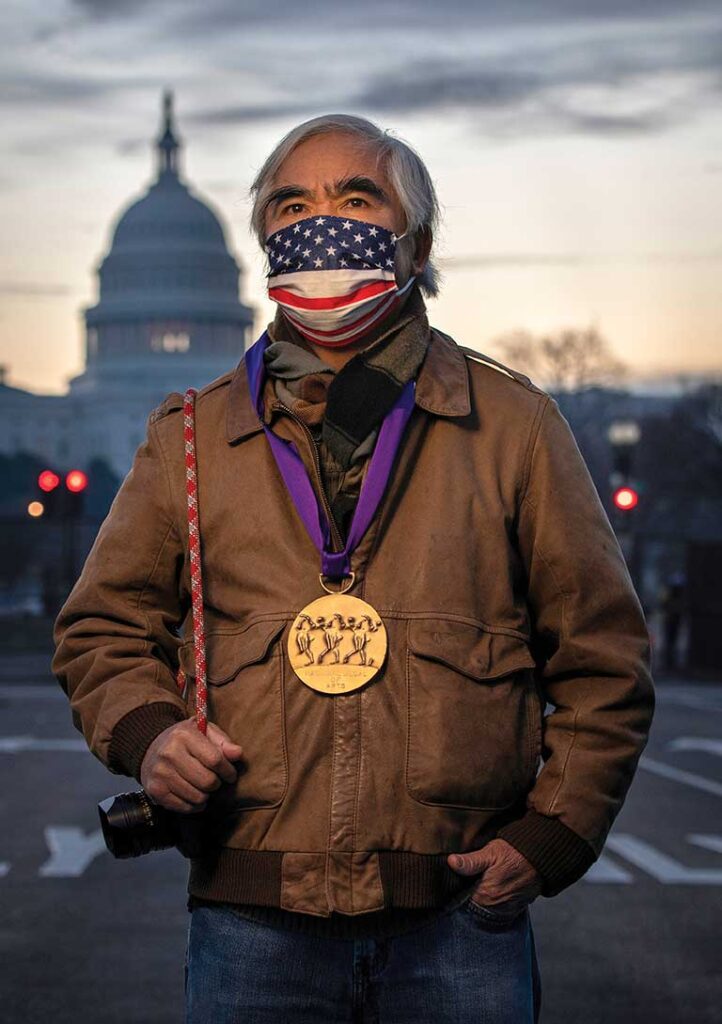
An Exclusive Interview With Legendary Photographer
NICK UT | A Special interview By José Jeuland, at the Leica’s Celebration of Photography exhibition, Singapore.
One thing led to another, and before I knew it, it was finally time for the interview!
Jose Jeuland: Thank you, Nick, for having us here today with you, and welcome to Singapore! How many times have you been to Singapore?
Nick Ut: This is my second time in Singapore! I have been too busy during the war to come to visit, but this is the second time I’ve been invited here by Leica, and I’m sure I’ll return again in the future.
Jose Jeuland: We are excited to feature your work in Lens Magazine. I’m sure many people already know you, but please introduce yourself. Where were you born, where did you grow up, and where do you live now?
Nick Ut: My name is Nick Ut, and I was born in Vietnam. I was a young man during the war and learned much from my brother, a photographer. Not long later, he was killed in the war in 1965. I was devastated when I heard that my older brother had died. Not much later, I lost my second brother, who died in the war. I lost two of my brothers in a single year, and my family was deeply grieving. I learned so much about photography from my older brother, so I was significantly affected.
I am currently a US citizen living in Los Angeles, California. I worked for Associated Press (AP) for almost forty years and was always busy traveling for shoots. We shot for various events, including sports, news events, celebrities, etc.
Back when I was in Vietnam, I knew nothing about shooting for sports or about Hollywood. Only after I moved to the USA I got to photograph many famous people like Betty Davis and Michael Jackson.
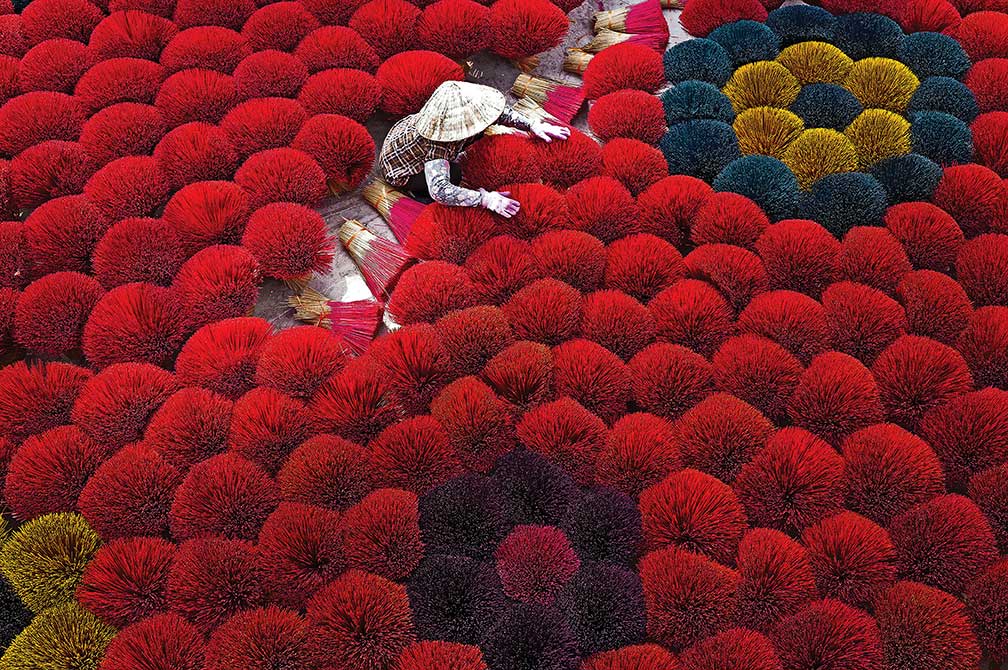
Jose Jeuland: How did you start your journey in photography?
Nick Ut: I started because of my older brother. I learned so much from him. After he died, I began to look for jobs at the age of 16. I joined AP and worked in the dark room, developing daily films. i had a Leica camera, which I would use to take pictures on my own daily.
One day, there was a rocket attack, and I managed to take a good picture of the chaos. After that, I continued to shoot every day, everywhere in the war, hoping to become a professional photographer one day. Unfortunately, I have sustained injuries in my leg and arm in the war, and I have many photographer friends who died doing warzone photography, so I consider myself lucky to still be here today.
Jose Jeuland: I know you are part of the Leica Hall of Fame and have won many prestigious awards, such as the Pulitzer Prize and World Press Photo of the Year. Please share more about the pictures that made you famous.
Nick Ut: I shot a picture of the Napalm attack, “The Terror of War,” with a Leica M2 camera and a 35mm lens. When the owner of Leica found out, he invited me to Cologne and gave me an M90 Leica, a perfect camera. After that, I traveled with the Leica everywhere I went. He then invited me to another Leica show here in Singapore. So exciting!
Jose Jeuland: Can you share more about what it was like to do warzone photography?
Nick Ut: I was swamped every day during the war, carrying my cameras and losing sleep over bombings and helicopters. I traveled all across the country and took tons of pictures. In the past, there was only film, so I had 50 rolls of film with me.
I was carrying films, medicine, and even food in my backpack. And I even had a lot of lenses with me: 24mm, 105mm, 50mm, and 300mm, so I was at huge risk of escaping slowly in times of danger.
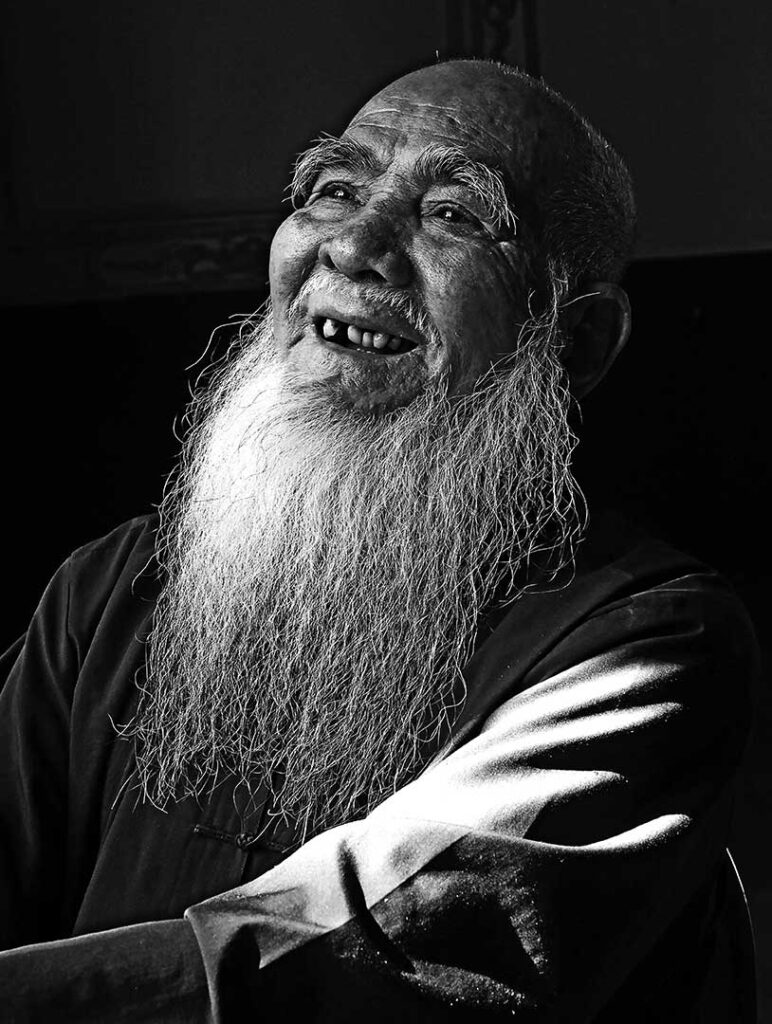
Jose Jeuland: Tell us about the workflow during the war; How did you ensure you were at the right place at the right time? What was your strategy when documenting the war?
Nick Ut: I waited patiently and carefully and never shot when it was raining because I had to ensure that my camera stayed dry. If I walked along the Mekong River, I packed everything securely in my bag. Once, I was walking along the river when a Viet Cong soldier with an AK-47 started shooting everybody. I had to jump into the water to save myself and lost all my film. At least I managed to save my own life!
Jose Jeuland: After losing so many family members in the Vietnam war, what motivated you to keep going and continue risking your life to take pictures in the war?
Nick Ut: You never know what will happen in a war; it’s crucial to pass the message and continue sharing the complex lives with the world so that war crimes and life’s difficulties will come to awareness. And as for myself, the only thing you can do is be careful and stick with the right people. That’s how I managed to survive for so long.
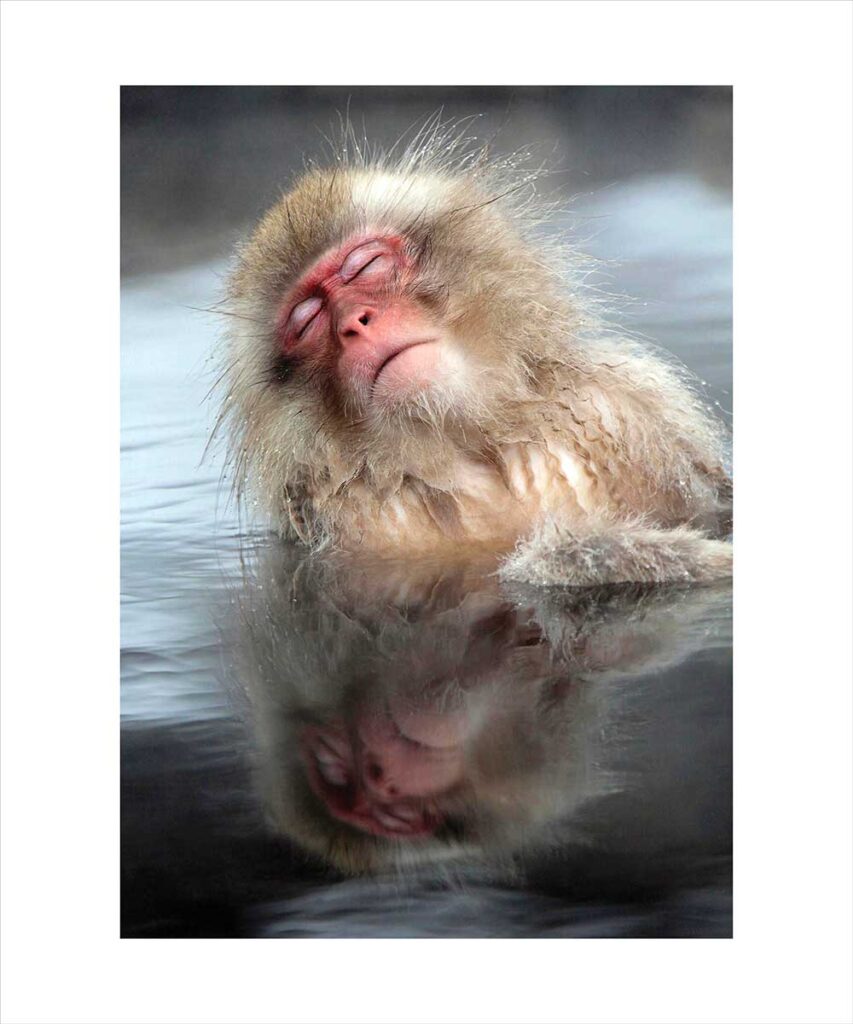
Jose Jeuland: Could you share with us the proudest moment of your career?
Nick Ut: I have many friends who took pictures of the Viet Cong. I was also friends with photographer Malcolm Browne, who shot the photo of Thích Quảng Đức, a Vietnamese Mahayana Buddhist monk who burned himself to death in 1963. I am fortunate to have connected with so many talented photographers.
Henri Huet was the best photographer in Associated Press (AP) at the time. He won so many awards, other than the Pulitzer Prize.
We were terrific friends and won many awards together. Huet took my place for a job in Laos and was shot to death while he was in a helicopter. I was so sad that I took a helicopter to Laos. I was hopeful that Henri was still alive, and I spent a week looking for any signs of life but to no avail.
I flew back to Saigon a week later.
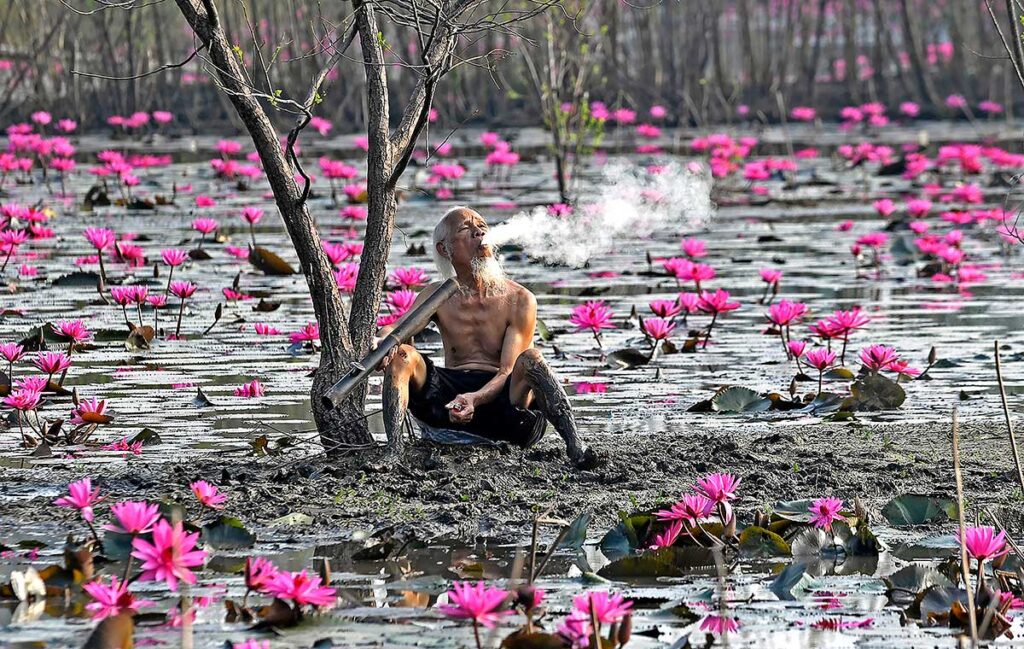
Jose Jeuland: When you take pictures in difficult moments, do you still consider composition much in the short time you have to take pictures?
Nick Ut: It’s true that during the war, you don’t have much time to consider composition and other aspects of photography. You just shoot fast and trust your instinct and gifted talent. But in a calmer life, When I’m in Hollywood, many photographers are around when something big happens. I never want to have the same picture as another photographer, so I always try to find a way to take something different from a different angle.
Jose Jeuland: What is the best characteristic of a war photographer?
Nick Ut: Many good photographers these days are young people. You need to be smart and have at least two good cameras, a computer, a wide lens, and a long lens. Think hard about which picture would be the best to tell a story. Nowadays, digital photography is much more convenient, which is excellent for the industry.
Jose Jeuland: Since COVID-19 hit, how did you cope with global travel being less accessible?
Nick Ut: I have traveled to many countries in my photography career. After COVID, I stayed in the USA and only took domestic flights to take pictures. I took pictures of everything, from animals to homeless people. I also had to cover a story about COVID and take some pictures, so every day is a new experience.
Jose Jeuland: What is the best Leica camera for you?
Nick Ut: Leica makes many good cameras, and I really love my Q2, the M11, and the SL2. I don’t need a big camera because it slows me down sometimes.
Jose Jeuland: Do you have any advice or tips to give to people who want to start a career in photography?
Nick Ut: Many young photographers today want to do things quickly and get results. Don’t shoot too much! You might lose your job. At AP, I’ve seen photographers taking enormous amounts of pictures of roads, cars, the sea, and 50 frames of a single person, and editors didn’t like it. The key is quality over quantity. It’s okay to shoot more if you’re doing a personal project, but not if you’re working for a studio.
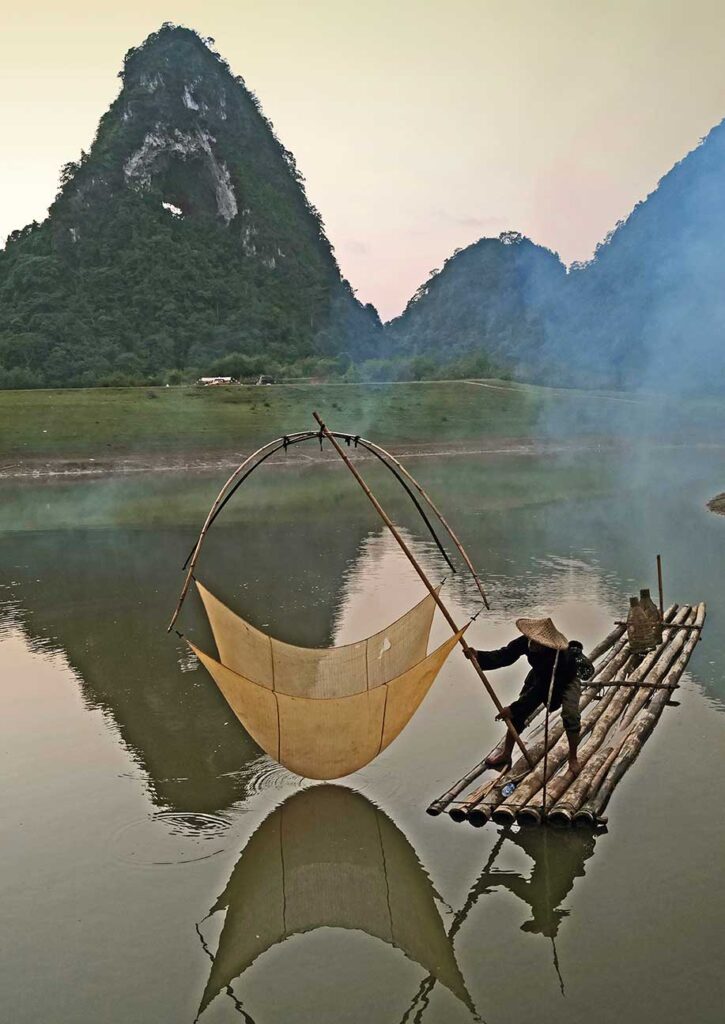
Nick Ut © All rights reserved.
Jose Jeuland: Other than “The Terror of War,” do you have another favorite?
Nick Ut: “The Terror of War” is the best picture I’ve taken in my life because you can see the raw emotion and the whole story coming through one single image. Besides this, I like the photos expressing a lot of action, where you can see the people running from the attacks. Those are the most intense in terms of emotion. But I also like the pictures I took of Paris Hilton, Michael Jackson, and other famous people.
Jose Jeuland: Anything else you’d like to add?
Nick Ut: I hope young photographers do better and take photos of important subjects! Many of them (the Young generation) are very smart and work hard. They’ll also need to learn how to shoot videos well. Our industry has changed significantly in the past 40 years, and things are much faster and more convenient now.

